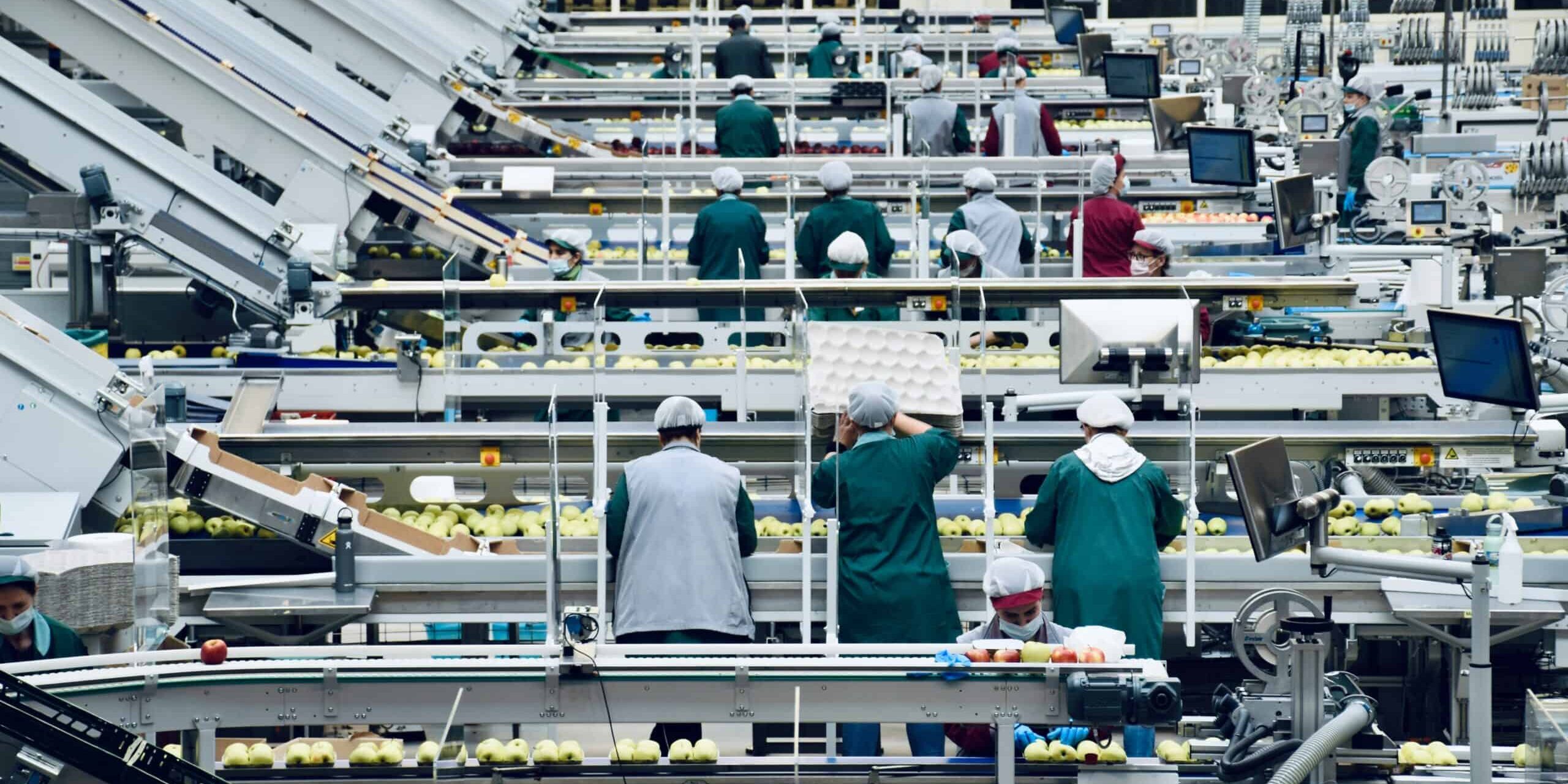The global food logistics market is set for substantial expansion, with revenue expected to increase from $125.9 billion in 2023 to an impressive $260.6 billion by 2032, growing at a compound annual growth rate (CAGR) of 8.3%. This remarkable growth highlights the crucial role of efficient logistics in ensuring that food products are delivered promptly and safely around the world. Food logistics involves meticulous planning and execution of processes like packaging, inventory management, transportation, and warehousing, tailored to meet the ever-changing demands of consumers and markets.
Several factors are driving this growth, including the surging demand for last-mile food delivery services, which cater to consumers seeking quick and convenient grocery and meal deliveries. The rising popularity of ready-to-eat foods is another significant contributor, as busy lifestyles increase the need for efficient logistics solutions to handle these products. Moreover, the expansion of cold chain logistics, which ensures the safe transport of perishable items under optimal temperature conditions, is crucial for maintaining product quality and safety.
Despite challenges such as truck driver shortages, rising fuel prices, and intense competition, the food logistics market is brimming with opportunities. The adoption of advanced technologies like automation, the Internet of Things (IoT), and artificial intelligence (AI) is transforming the industry, enhancing efficiency, reducing costs, and enabling more responsive logistics operations. Additionally, the growth of hybrid routing solutions for short-timeline deliveries is opening new pathways for market expansion, providing even more reasons for optimism.
The COVID-19 pandemic underscored the importance of resilient and flexible food logistics systems. The disruptions caused by the outbreak led to significant advancements in online ordering, contactless delivery, and the digitization of logistics processes, positioning the industry for long-term success. In 2023, the Asia-Pacific region emerged as a leader in the global food logistics market, driven by the increasing demand for last-mile grocery and food delivery services and the growing reliance on outsourced logistics. As the market continues to evolve, these factors will play a pivotal role in shaping its bright and innovative future.
#ICTTMNews #BreakingNews #GlobalLogistics #FoodSupplyChain #MarketGrowth #SupplyChainInnovation #LogisticsNews







